Do you want to find diamonds in your backyard? It may sound like a daunting, nearly impossible task, but with the right information and tips, it can be doable! This guide will provide you with all the information you need to get started. We’ll answer common questions about diamond hunting and give you some useful tips on how to find diamonds in your area. So what are you waiting for? Get started today and see what treasures await you in your own backyard!
Why are Diamonds so Sought After?
Diamonds are the hardest known natural material on Earth. This makes them very useful for a variety of applications, from industrial to jewelry. But their durability also means that they’re exceedingly rare.
The vast majority of diamonds that have ever been mined were formed over 1 billion years ago, deep within the Earth’s mantle. They were then brought to the surface by volcanoes and deposited in kimberlite pipes. Today, most commercial diamond mining is focused on these ancient deposits.
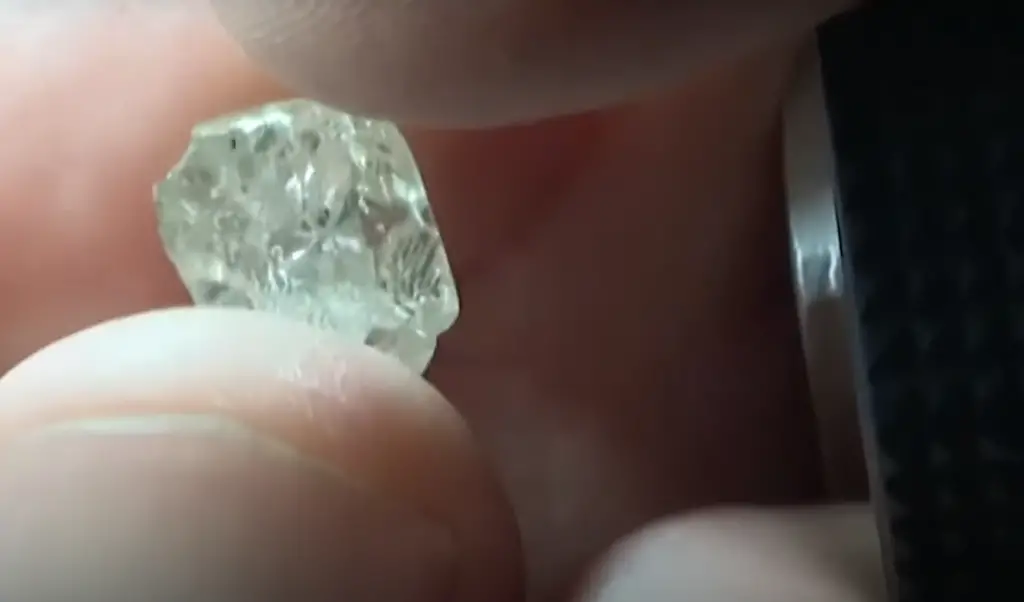
However, a small number of diamonds are also produced through other processes, such as meteorite impacts and high-pressure experiments. And it’s these unique diamonds that are often the most highly prized by collectors.
So, if you’re hoping to find a diamond in your backyard, you’ll need to know where to look and what to look for. It won’t be an easy task, but it is possible.
How Are Diamonds Formed
The vast majority of diamonds mined today are formed in one of two ways. The first and most common type of diamond is known as an “alluvial diamond.” These diamonds are found in riverbeds or on beaches where erosion has exposed them. Alluvial diamonds have been transported by natural forces (erosion.) from their place of origin to their current location.
The second type of diamond is known as a “pipe diamond.” Pipe diamonds are found in deposits of kimberlite, a type of rock that is produced by volcanoes.
Kimberlite pipes are formed when magma (molten rock) rises to the surface and then cools quickly. The magma can sometimes trap small diamonds within it as it forms into kimberlite.
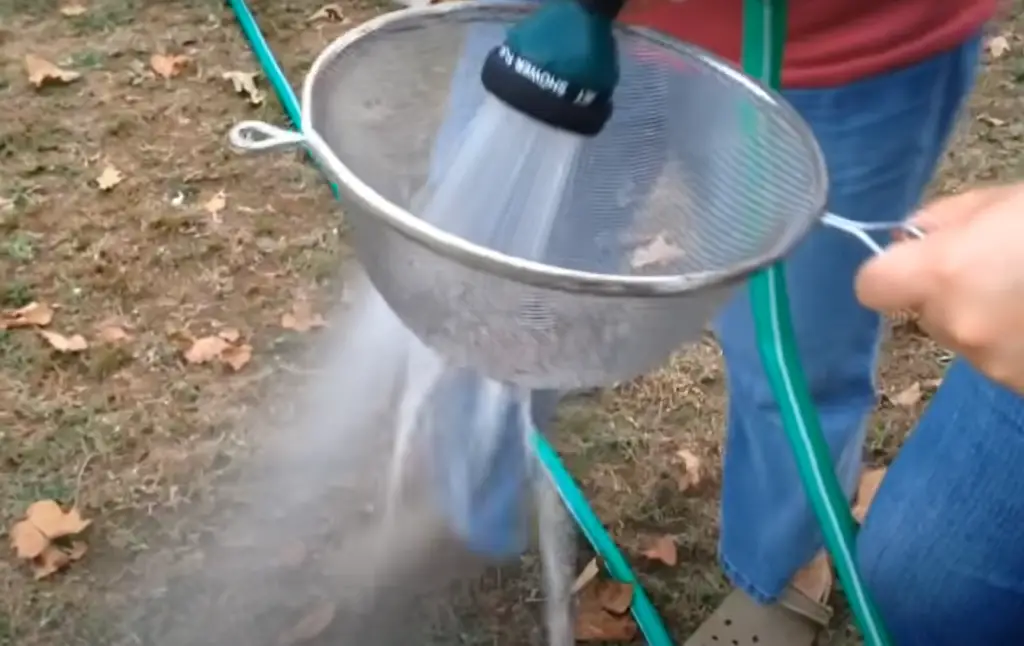
So as you might’ve guessed, you will be looking specifically for alluvial diamonds if you want to try your hand at finding diamonds in your backyard. [1] [2] [3]
Where are Diamonds Typically Found?
Diamonds are found all over the world, but they’re not necessarily easy to find. In fact, most diamonds that are mined each year come from a handful of countries.
There are also a few small diamond-producing countries scattered around the globe, including China, India, Pakistan, Venezuela, and the United States (mainly in Arkansas).
Most people think of diamonds as being found in mines, but they can also be found in other places. For example, some diamonds have been found on beach sands after storms. These “storm diamonds” were actually pieces of rocks that had been eroded by the weather and then transported to the shore by rivers or oceans. [1] [2]
Is It Possible to Find Diamonds in the Backyard?
Now that you know where to look for diamonds, it’s time to answer the burning question: are there really any diamonds in your backyard?
The short answer is maybe. In fact, there’s a small chance that you could find a diamond just about anywhere in the world, including your own backyard. However, the vast majority of diamonds are found in a handful of specific locations, and the chances of finding one in your backyard are very slim.
Nevertheless, if you live in an area with a history of diamond mining or have access to certain types of rocks (e.g., kimberlite), it’s worth doing a bit of research to see if there’s a chance you could strike it lucky. It will require a whole lot of digging and mining, however! [1] [2] [3]
Uses of Diamonds
Diamonds have been treasured as gemstones since ancient times. Their extreme hardness is unmatched by any other natural material, and this has made them invaluable in a number of industrial applications as well. Today, diamonds are used in everything from drill bits to diamond-tipped saw blades. Today, they are not only prized for their beauty but also for their many industrial uses.
Jewelry
But it is the beauty of diamonds that has made them so prized throughout history. When cut and polished, diamonds can reflect light in remarkable ways. This makes them ideal for use in jewelry, where they are often set into engagement rings, wedding bands, and other pieces designed to be worn and enjoyed every day.
Of course, such beauty comes at a price. The cost of diamonds varies depending on a number of factors, including the size, quality, and rarity of the stone. But no matter what the price, a diamond is sure to be a valuable addition to any jewelry collection.
Industrial uses
While the vast majority of diamonds are used for jewelry, there is a significant number that is used for industrial purposes. Diamonds are extremely hard and have a large number of unique properties that make them ideal for cutting, drilling, and polishing other materials. They are also used in the production of semiconductors and computer chips. And you may even encounter the use of diamonds in abrasive production and water filtration.
Automotive uses diamonds
Diamonds also have a variety of other uses in the automotive industry. For instance, diamond powder is used as an abrasive to polish and cut hard materials like glass, ceramics, and metals. It’s also used as a lubricant in some car engines. In fact, because diamonds are the hardest known natural material on Earth, it makes they are ideal for use in cutting and grinding tools. Diamond saws are often used to cut stone and concrete. And diamond-tipped drill bits are used to drill through tough materials like metal and ceramic.
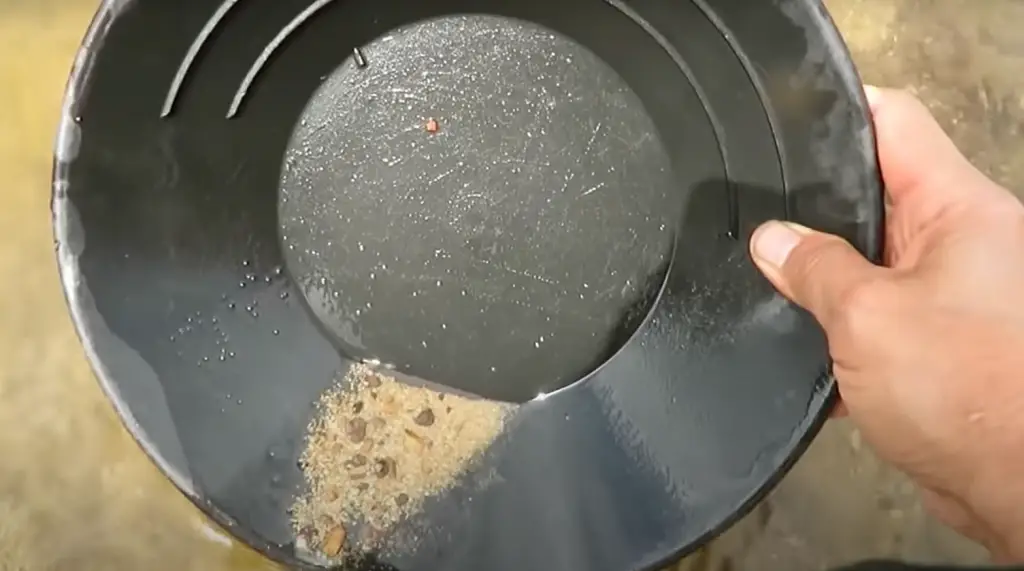
But perhaps the most interesting use of diamonds in the automotive industry is in tires. A few companies have developed tires with diamond-studded treads. The diamonds provide excellent traction in wet and icy conditions. These tires, however, are considered the most expensive in the world. [4]
How to Find Diamonds in Your Backyard
Finally, we’ve arrived at the section you’ve been waiting for, the part where we tell you how to find diamonds in your backyard! And while we can’t guarantee that you’ll strike it rich, we can give you some tips and tricks that will help you find those elusive gems.
Collect the necessary tools
Before you start your search for diamonds, you will need to gather a few supplies. Mining is no easy task so you will need to have the following items on hand.
A shovel
The first item you will need is a good shovel. You will be doing a lot of digging so it is important to have a shovel that is comfortable for you to use. It is also important to get a shovel that is made of durable material. A steel shovel will be your best bet.
A pickaxe
In addition to a shovel, you will also need a pickaxe. This will be used to break up any large rocks that you may come across. Again, it is important to get a pickaxe that is comfortable for you and made of durable material.
A sieve
You will also need a sieve or strainer. This will be used to sift through the dirt and rubble that you
You will need a shovel to excavate any potential diamonds. You can also get a box screen to help you sift through the dirt and rocks.
A small container to store your diamonds
You don’t want to lose your hard-earned diamonds so make sure you have a safe place to keep them. A film canister or pill bottle works well for this purpose. We personally suggest you bring a metal bucket.
A brush
A soft-bristled brush will be used to clean off your findings.
A magnifying glass (optional)
You will need to inspect your findings very closely so a magnifying glass is a helpful tool to have.
A pair of gloves
The last step is to get yourself a good pair of gloves. This will protect your hands from cuts and scrapes, and also keep them clean. You’ll need to sift through a lot of dirt and debris, so having a good pair of gloves is essential. [1] [3]
Pick the right spot
You’re not going to find any diamonds just anywhere, so it’s important to do your research and pick a spot that is known for having high concentrations of the stone. Most of the diamonds that are mined today come from alluvial deposits. This type of deposit is formed when a river or other body of water carries diamonds from their place of origin and then drops them in a location where they can be easily collected. So if you have a natural water source nearby, the chances of finding diamonds are much higher.
Panning the water
If you picked a good spot, the next step is to start panning for diamonds. The first thing you will need to do is fill your container with a small amount of sediment from the bottom of the water source. Then, using your sieve, strain out the larger rocks and debris.
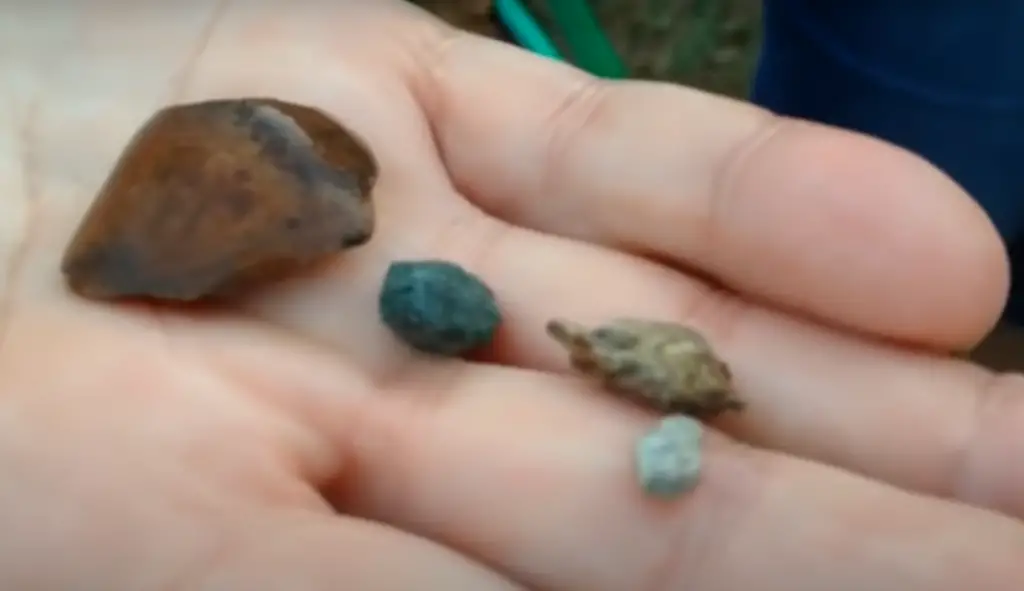
Next, gently swirl the sediment around in your container. The motion should cause the lighter materials to float to the top while the heavier diamonds sink to the bottom. Slowly pour off the water and sediment until you are left with only a small amount of material at the bottom of your container. Inspect this material closely for any potential diamonds.
Mine!
If you don’t have a natural water source nearby, don’t worry! You can still find some diamonds using alluvial mining techniques. Alluvial mining is relatively simple. It involves digging up gravel from a riverbed or other location and then sifting it for diamonds. This type of mining can be done on a small scale, such as with a shovel and sieve, or on a large scale using heavy machinery.
Wash your gravel
The next step is to wash your gravel. This will help to separate the diamonds from any other rocks or debris that may be mixed in. Simply place your gravel in a large tub or other container and add water. Then agitate the gravel until all of the dirt and debris has been removed. You can then pour off the dirty water and repeat this process until your gravel is clean. [1] [3]
How to Know You Found a Diamond?
So now you’ve followed all of the steps and you think you’ve found a diamond, but how can you be sure? There are a few things that you can look for to confirm that you’ve found a diamond.
Reflection
The first thing you should look for is reflection. Diamonds are very reflective and will often reflect light back at you when you shine a light on them. If you’re in a dark room and you shine a flashlight on the stone, you should see a bright reflection.
Another way to determine if a stone is a diamond is to do the fog test. Take the stone and breathe on it lightly. If the stone stays foggy for a second or two, then it is probably a diamond. If the fog dissipates longer than that, then it is most likely not a diamond.
In addition, look at something through the diamond. Diamonds actually aren’t fully transparent, so you should be able to see a bit of a hazy image. If the stone is completely clear, then it is probably not a diamond.
Shimmer
Diamonds have a unique property known as adamantine luster, which is caused by their extremely high refractive index. This means that when light enters a diamond, it is bent or “refracted” more than it would be if it entered any other type of gemstone. As a result, diamonds tend to sparkle more than other gemstones.
Shape and edges
One of the most obvious ways to tell if you’ve found a diamond is by its shape. Diamonds are typically found in an octahedral shape, which means that they have eight sides. However, they can also be found in a variety of other shapes, including cubic, dodecahedral, and rhombicosidodecahedron.
Another way to tell if you’ve found a diamond is by its edges. Diamonds have very sharp edges, so if you find a stone that has sharp edges, it’s likely a diamond.
Hardness
Next, diamonds are extremely hard. This means that they will not scratch easily. If you find a stone that is easily scratched by your knife or other objects, it is likely not a diamond. Still, we don’t recommend testing it with sharp objects!
In addition, diamonds are very difficult to chip or break. So if you drop your stone and it chips easily, then it is probably not a diamond.
Black light testing
Another way to test if your stone is a diamond is to take it into a dark room and shine a black light on it. Diamonds will glow under ultraviolet light because of how they are structured internally. If your stone glows brightly, there’s a good chance you’ve found a diamond.
Still, certain types of diamonds may not show this reaction, so it’s not a foolproof method. For example, carbonados, a type of natural polycrystalline diamond, will not glow under ultraviolet light.
Dot test
The other thing you can do is the dot test. Get a piece of paper and make a small dot in the center with a pencil. Next, take your supposed diamond and place it on top of the dot, flat side down. If you can see the dot through the stone, then it’s most likely not a diamond. A real diamond will block out the dot completely.
Water drop test
Yet another method to test if your stone is a diamond is to do the water drop test. Get a cup of water and carefully drop your stone into the water. If the stone sinks, it’s most likely a diamond. If it floats, it’s probably not a diamond.
Keep in mind that this test is not foolproof, as some other stones (such as quartz) will also sink in water.
Heat test
We understand that might sound a bit odd but bear with us. One way to test if you’ve found a diamond is to see how well it resists heat. Take your rock and heat it up with a lighter. Then, drop it into a glass of water. Diamonds are famous for their heat tolerance, which is why they’re often used in industrial applications. If it’s a diamond, it should not change in color and should be unaffected by the heat.
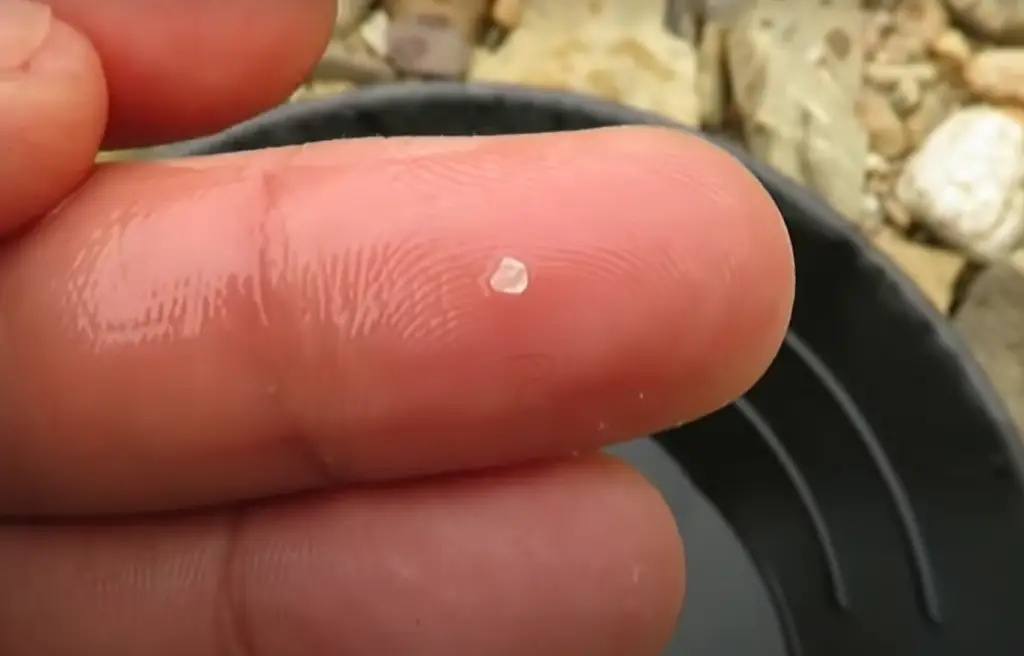
Of course, the best way to know for sure if you’ve found a diamond is to take it to a jeweler and have it appraised. But these tips should help you determine if you’ve found a diamond in your backyard! [5] [6] [7]
FAQ
Can you find diamonds in your yard?
The answer is yes, but the chances are very slim. There are a few things to keep in mind when searching for diamonds. First, they are most often found in areas that have been heavily eroded over time such as riverbeds or beaches. Second, they are usually found in the sedimentary rock which means they might be hidden in layers of dirt and gravel.
How do you find a diamond in the ground?
The first step is to find an area where diamonds might be found. Diamonds are typically found in eroded rivers or sea beaches, in rainforest areas with certain types of rocks. Once you have found an area that looks promising, the next step is to break up the ground and look for diamonds. This can be done with a sledgehammer, pickaxe, or even just a shovel.
Once you have broken up the ground, it is time to start sifting through it. You can use a regular kitchen colander for this. Simply put a layer of dirt in the colander and then shake it so that the smaller pieces fall through the holes. The larger pieces can then be examined more closely for diamonds.
What type of soil are diamonds found in?
Diamonds are found in two ways. In alluvial deposits, which are the result of weathering and erosion of bedrock, and in kimberlite pipes, which are deep-seated volcanic formations. Alluvial diamonds are found in riverbeds, seashores, and beaches where they have been transported by water from their place of origin. Kimberlite pipes form when explosive volcanic eruptions deposit a mix of rock, ash, and magma onto the Earth’s surface.
How do I find diamonds in my garden?
While there’s no guarantee you’ll find diamonds in your backyard, there are certain methods that can increase your chances. One of the best ways to find diamonds is by scanning rivers and streams for potential diamond-bearing materials. This is because running water can help transport these materials from deep within to the surface. To do this, look for areas where the water is flowing quickly and has a lot of sediment. These areas are more likely to have diamonds since they’ve been transported more quickly to the surface.
Useful Video: How to look for Diamonds
Conclusion
This concludes our guide on how to find diamonds in your backyard. As you can see, finding diamonds in your backyard is rare, but it is possible. With the right tools and a little bit of luck, you might just be able to find that hidden gem. In this article, we have covered everything from where to look for diamonds to what tools you need to find them. We also provided some tips on how to identify diamonds. We hope that you found this guide helpful and that it will help you in your search for diamonds. If you have any questions or comments, please feel free to leave them below. Thank you for reading!
References:
- https://yardblogger.com/how-to-find-diamonds-in-your-backyard/
- https://thehometome.com/find-diamonds-in-your-backyard/
- https://backyardscape.com/how-to-find-diamonds-in-your-backyard/
- https://www.miningforschools.co.za/lets-explore/diamond/uses-of-diamonds
- https://treasurepursuits.com/how-to-find-diamonds-in-the-ground/
- https://www.diamonds.pro/education/how-to-tell-if-diamonds-are-real/
- https://www.theknot.com/content/how-to-tell-diamond-real-home-tests










Leave a Reply
View Comments